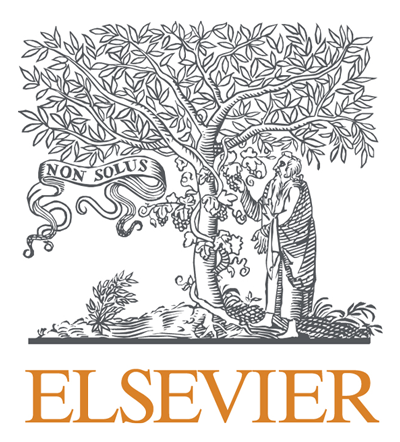Whose Lives Do We Honour in Map Making?
Topics:
Keywords: counter-mapping, sovereignty, territory, forced migrants, humanitarian response, refugee camps, placemaking
Abstract Type: Paper Abstract
Authors:
Romeo Joe Linao Quintero York University, Toronto, Canada
Abstract
The forced displacement of people induced by violence, war, and natural disasters has been discursively framed as an emergency or crisis to be regulated. The default policy response of nation-states has been to develop spatial and temporal apparatuses, such as borders, detention centres, islands, and camps to serve as biopolitical technologies, responsible for restricting forced migrants from crossing into other national territories. For Giorgio Agamben, whose work has been drawn upon and contested in forced migration studies, camp sites are zones of exception where bodies of forcibly displaced individuals are mapped as bare life. In other words, they are portrayed as subjects to control without political agency. Building on the stories of internally displaced persons (IDPs) in southern Philippines, this paper interrogates the figure of bare life by mapping out how IDPs exercise hope, joy and care. It centres the discussion on how they form support networks to remake the camp site where they could envision livable, and perhaps lovable present despite their dismal living condition. Accordingly, this does not overly glorify the capacity of IDPs to weather the storm, nor does it minimize their experience of violence. It rather reveals that vulnerability and resistance can simultaneously exist in a continuum, allowing IDPs to transform, however limited, their precarious and uncertain conditions.
Whose Lives Do We Honour in Map Making?
Category
Paper Abstract
Description
Submitted By:
Romeo Joe Quintero
jquin090@yorku.ca
This abstract is part of a session: Symposium on Human Dynamics Research: Uncovering the Bias in Big Data: Who is under-represented and how can we help#1









Share